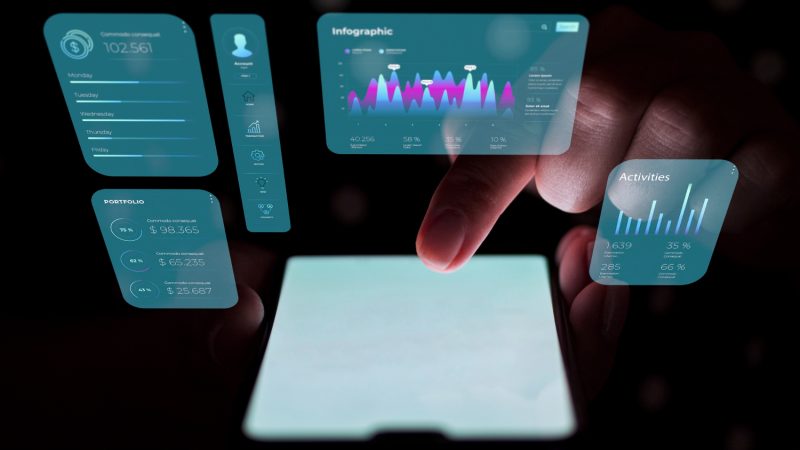How to Maximize Business Capacity with Integrated E-commerce Solution

Businesses of all sizes have recognized the importance of a strong online presence, especially the impact e-commerce solutions have nowadays. For those companies whose main source of generating income comes from selling goods, e-commerce platforms have become a vital aspect of doing business. Particularly for enterprises that manufacture goods on their premises or outsource, a reliable, adaptable, and maintainable solution is of great value in order to deliver a top-notch product to their clients.
In the article, we share our experience in building a solution for a leading manufacturer in the industry, specializing in producing CCTV, lighting systems, explosion-proof switches, etc. Being a business with representations in many countries across the globe, the company focuses on providing high-quality products, adhering to industry regulations and standards, and offering a vast scope of sales services.
What Were the Main Challenges of the Project?
The client’s website features a product catalog that was originally built on an outdated platform. Due to this, implementing any changes to the business process was time-consuming and troublesome, and required much effort to update the existing system. Looking for modernization led the company to transition to a new cloud-based environment that provides swifter and more adaptable data storage. At the time, the catalog comprised around 15,000 products with over 1000 attributes.
The existing platform was TYPO3 CMS-based for its development, therefore, the scope of tasks for this project included:
- adding an updated catalog and e-commerce functionalities
- set up synchronization between the external ERP and the TYPO3 system
- building a complex search functionality for products within the catalog, websites, and documentation
- updating the website menu with a more user-friendly design
- perform localization of the website
- optimize the website for different search engines.
Work on the given project was a collaboration between the development as well as marketing so that all client requirements were properly addressed and delivered maximum value to the client’s organization. This effort aimed to enhance the overall customer experience when interacting with the provided platform.
How about the Suggested Solutions?
Having reviewed the variety of suitable solutions for TYPO3 CMS, it was considered to integrate additional features via an e-commerce package called Aimeos as it offers multiple advantages among which are a vast and adaptable range of functionality for shopping cart, support for multiple stores in various regions, high performance, support of different languages and currencies, cost-effectiveness since Aimeos is free.
While working on the project, a few extensions were built to automate the synchronization of the products between the TYPO3-based e-commerce platform and an ERP system which further transmits data in XML format. The added TYPO3 module incorporates data analysis and parsing functionalities to handle the format of files received by the e-commerce site, which contain numerous nodes, sub-nodes, and attributes. This approach allows automatic synching between all the components of the platform on the data regarding the products, attributes, and categories.
The next step in advancing the solution was a complex search feature which became extremely time-saving as users can pick a product, a category of products, or the necessary documents that are available to them, e.g. user manual. Additionally, the system can make recommendations in the form of a pop-up window with suggested products.
Localization is another feature added to the user-friendly characteristics of the platform. The system automatically suggests a language based on the customer’s country when they enable the location feature.
Among the less complex tasks for the developers were website menu redesign and a makeover of the mobile application. These changes were introduced due to the growing customer demand for a simpler yet appealing visualization of the platform.
Value for the Client and Users
The implementation of the new TYPO3 e-commerce solution was a significant improvement compared to the previous catalog. These enhancements resulted in improved productivity, efficiency, service quality, and increased sales for our client.
Thanks to an improved search and autocomplete feature, users can easily navigate through lists of products or services.
As to the development phase, a new catalog and e-commerce functionality were integrated into the existing TYPO3 site, significantly changing its operational efficiency and speed. Data synchronization between the external ERP and the TYPO3 system led to overall automation of data-related processes.
Owing to the implementation of a localization feature, users now can choose or set up an automatic selection of their country and language from multiple options within the system.






